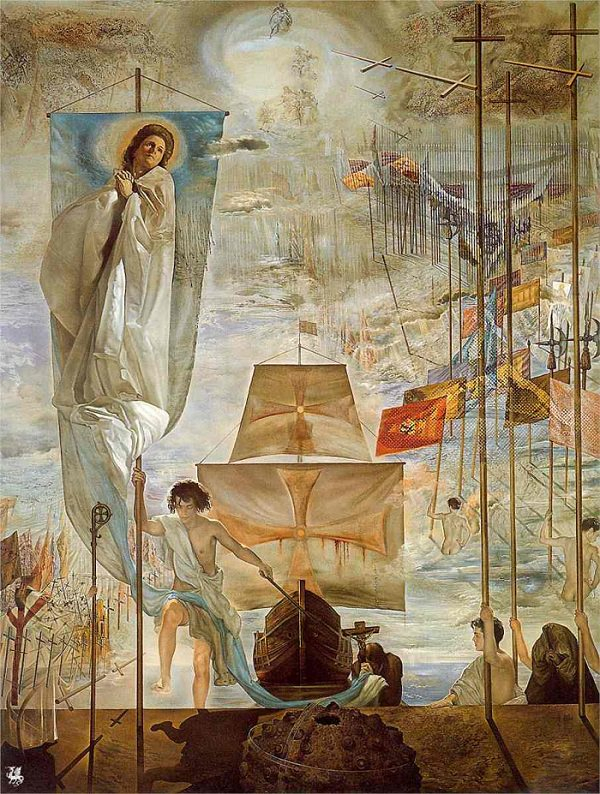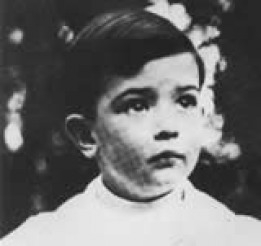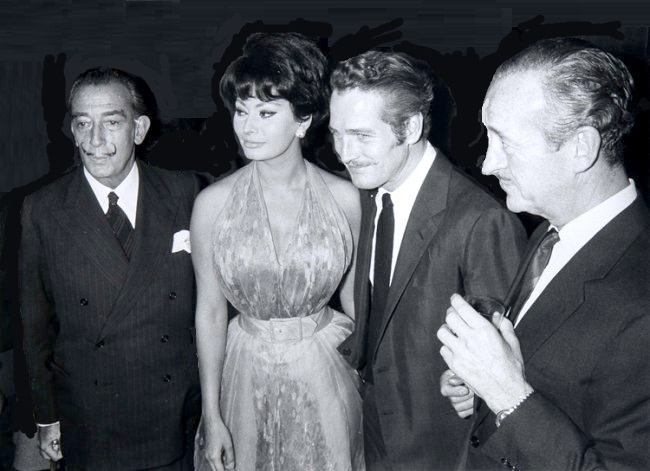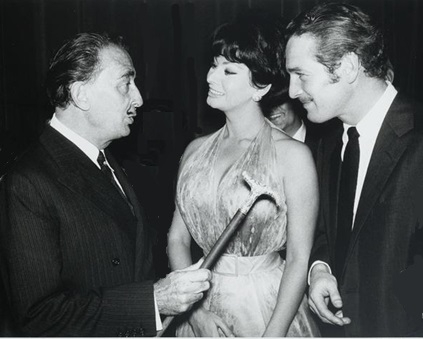Salvador Dali, Pioneer Surrealist, Dies at 84
By John Russell
Jan. 24, 1989
Salvador Dali, pioneer of European Surrealism and for more than half a century one of the best-known and most bitterly contested figures in the international art world, died yesterday at Figueras Hospital in Figueras, Spain. He was 84 years old.
The artist had been hospitalized for treatment of heart problems three times since late November and had used a wheelchair since suffering burns in a fire in his home in 1984.
Dali will have a permanent place in the history of art. When still in his 20's, and in competition with some of the most gifted artists of the day, he made an inventive and enduring contribution to European Surrealism.
Max Ernst and Joan Miro - to name only two - were at the top of their form at the end of the 1920's. But it was Salvador Dali, with his meticulous and persuasive visions of a world turned inside out, who brought home to the public at large the full potential of Surrealism. More than anyone else, he made his audience believe that nonsense could make the best sense (and the most memorable sense, too). Master of the Outrageous
As he grew older, Dali became known to an even larger public as an inveterate irritant, a tease who never gave up teasing and a prankster who made headlines for decades.
He was a master of what was once called ''the aristocratic pleasure of displeasing,'' and it was a pleasure of which he did not tire. With Luis Bunuel, he produced two Surrealist films, ''Un Chien Andalou'' (1929) and ''L'Age d'Or'' (1931), which will live in the history of outrage.
But it was not in Dali's nature to play Gilbert to someone else's Sullivan, and in general he liked to work on his own. So successfully did he do so that by the end of his life there was hardly a department of design he had not strayed into, or a lucrative use for his name that he had not explored. (This latter proclivity caused Andre Breton, the self-appointed leader of the Surrealist movement, to rearrange the letters of Salvador Dali to spell Avida Dollars.) Despite his commercial activity, Dali never stopped painting and drawing, and in 1980 the Pompidou Center in Paris mounted a retrospective that included 168 paintings, 219 drawings, 38 objects, some 2,000 documents and a specially built ''Dali environment.''
Dali also had the joy in his last years of seeing a Dali Museum opened in Figueras, in northern Spain, just a few miles from his home in the little seacoast village of Port Lligat.
Salvador Dali was born in Figueras on May 11, 1904, the son of Salvador Dali, a lawyer, and his wife, Felipa Dome Domenech.
He showed a precocious gift for art, both in Figueras and at the National School of Fine Arts in Madrid, where he began his studies in 1921. He impressed immediately as one of nature's winners: a student who could turn his hand to anything and bring it off. But he also impressed as a troublemaker. In 1924 he was suspended for a year on suspicion of inciting the students to revolution, and in May of that year he served brief sentences in jail in Figueras and Gerona for antigovernment activities. Welcomed back to school in Madrid in 1925, he was expelled for good a year later after refusing to take an examination in the history of art. Meanwhile, his lifelong facility allowed him to paint and draw in a wide variety of styles, both ancient and modern.
He was a dreamer, but he dreamed for a particular reason. He wanted, in his own words, to systematize confusion and to discredit the world of everyday reality. He did this in his paintings, but also in life.
Asked to lecture, he turned up in a diving bell and insisted on speaking from inside it. Asked to contribute a three-dimensional object to an exhibition, he sent along a life-size taxicab inside which rain fell throughout the duration of the show. He specialized in the poetics of disquiet, and until well into the 1930's he produced idea after idea that captured the popular imagination.
He had his first New York show at the Julien Levy Gallery in 1933, and from 1934 on he was a familiar figure in this country.
He talked, he wrote, he perfected his public appearances, and he had glamour of a kind that now has to be manufactured. In his case it was an amalgam of mischief, high spirits, idiosyncratic looks and an adman's instinct for professional advantage. With his popping eyes, his upturned and perfectly waxed mustache, his sober but perfectionist taste in dress and his large collection of canes, he was an unmistakable figure.
He went on painting pictures that pressed hard on the nerve of their time. He was very good on sexual anxiety, for instance. He was very good on the idea that civilization might suddenly go to rot. And he was very good indeed on the idea that war - civil war, above all - was the ultimate pestilence and the irremediable crime against humanity.
It was possible to argue, as George Orwell argued in 1942, that Dali's paintings ''are diseased and disgusting, and any investigation ought to start out from that fact.''
In August 1940, Dali moved to the United States, where he put his manifold gifts to every conceivable advantage. He turned up on Broadway, in Hollywood, in store after store on Fifth Avenue and elsewhere. He designed for opera and dance. But whereas in the 30's he had had both an intuitive awareness of the way the world was going and the wit to say something memorable about it, in later life Dali was the prisoner of Dali.
He did not think so. Nor did the large public who followed his activity closely. He gave interviews on every possible occasion, and no audience was too silly or too small. He was never at a loss for something startling to say, and quite often there was just enough truth in what he said to make it quotable.
''We Surrealists are not artists,'' he once said. ''Nor are we really scientists. We are caviar, and caviar is the extravagance and the very intelligence of taste.''
And again: ''The main idea of my collection,'' he said when he went into fashion designing, ''is to do away with breasts. Breasts are only in the way, no matter what the situation. My solution will be to make women look like angels. From now on, breasts will be worn in the back and will be collapsible. With the aid of a helium tank, they will rise when we wish them to do so.''
When asked for his opinions on art, Dali never failed to say something outrageous. Nothing gave him greater pleasure than to make mock of current orthodoxies.
All his life he remained the man who once said: ''At 7, I wanted to be Napoleon. My ambition has been growing steadily ever since.''
Dali was married in 1935 to the former Elena Diaranoff, universally known as Gala. She had previously been married to the French poet Paul Eluard and had also had an association with Max Ernst. There were no children of the marriage, which was one to which Dali referred continually, both in his work and in conversation, as an ideal union. After her death in June 1982 at the age of 88, Dali spent much of his time in a remote castle in Pubol, in Catalonia, that he had given her some years earlier.
In his prime, Dali was not only an artist of intermittent substance but also a man whose wit, style, panache and readiness to take on all comers in conversation added to the gaiety of more than one capital city. To the day he died he was - as he would have wished to be - a subject of controversy, though in recent years the controversy had more to do with the activities of his associates than with creative powers that had subsided long ago.
ADVERTISEMENT
BY
Looking for more information?
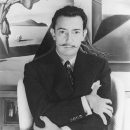
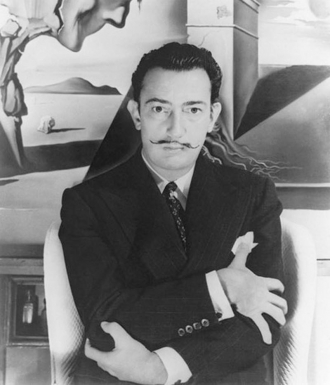
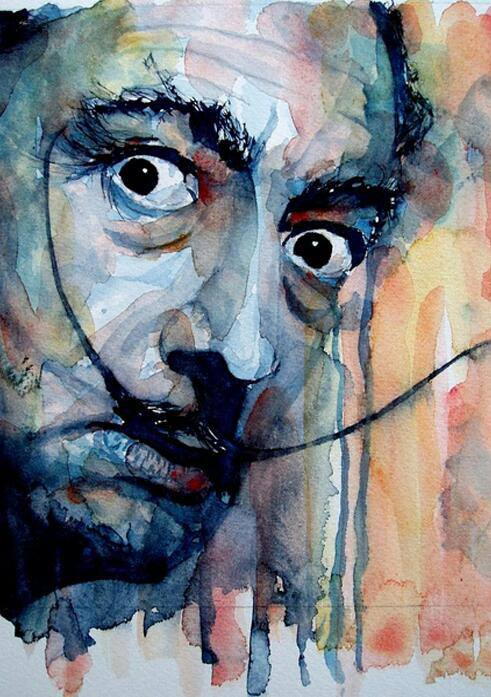
 Amanda S. Stevenson
Amanda S. Stevenson  Gracia Lionardi
Gracia Lionardi 